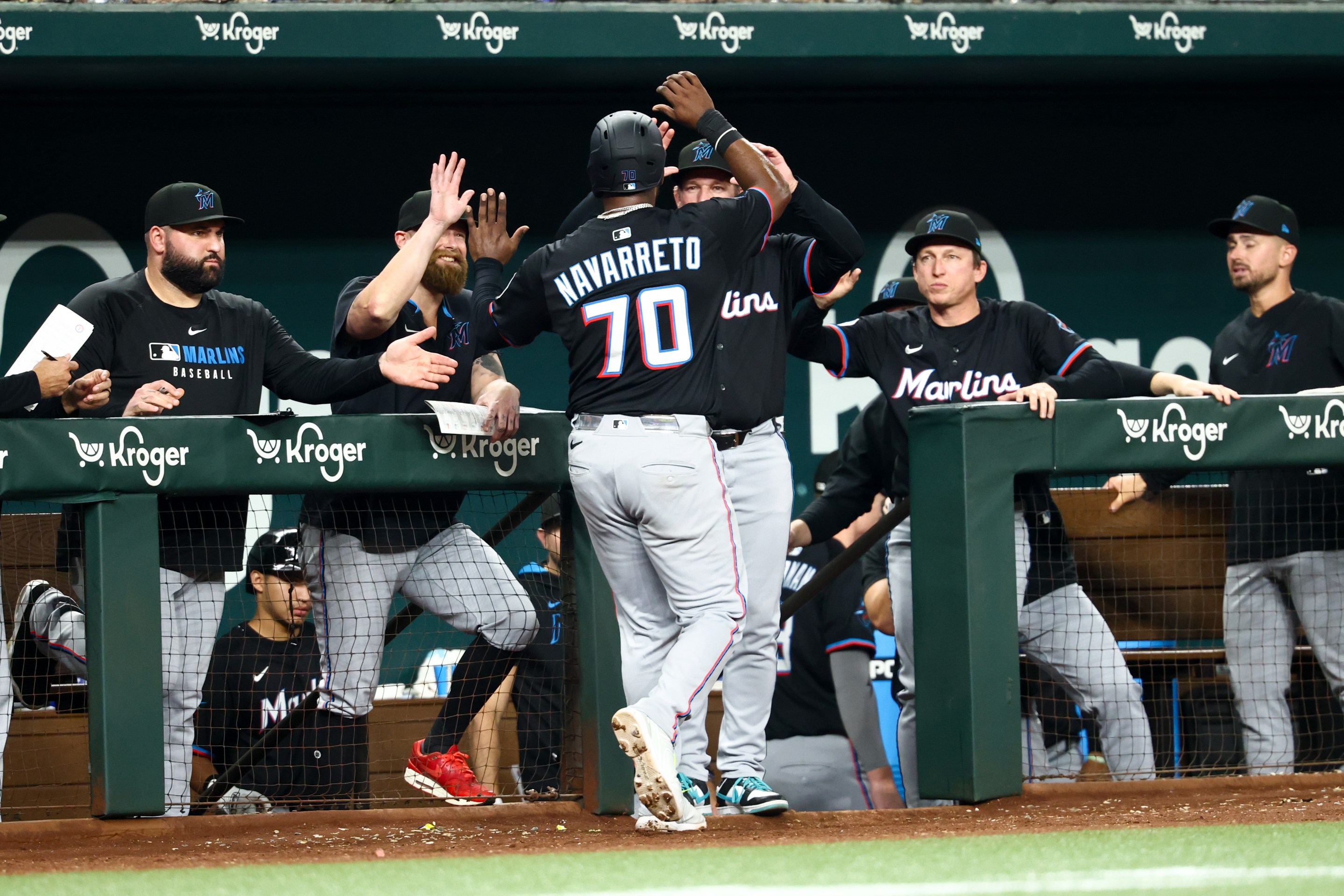When the White Sox struck quickly to resolve their corner outfield spot by signing Adam Eaton, some of the dissatisfaction stemmed from the idea that they could have waited to let the market shake out. Joc Pederson signing with the Cubs for $3 million less than the White Sox offered and two months after they offered it failed to flatter either side of those negotiations. Now that we're fully aware of the Sox's cost-consciousness this winter, rushing to get the Eaton deal done doesn't make more sense than it did.
Now, how White Sox fans would have handled a slow play for a critical position will never be known, and you'd be justified in harboring doubts. It also can't be assumed that Eaton could've been landed for less. The market isn't perfect, as evidenced by the Nationals signing Kyle Schwarber for more than his arbitration projection, and Brad Hand for more than his declined option. If they wanted Eaton above all else, they probably signed him when they had to.
As always, if Eaton discovers some of his past mojo, the White Sox will come off as canny, because he meets a lot of their needs on paper. If Eaton ages as poorly as his banged-up profile suggests is possible, it'll look like the White Sox just wanted to get the winter over with. I'd find it more fascinating if the stakes weren't so high.
Anyway, I'm rehashing the Eaton timeline because three other AL Central teams waited until February to make left-handed corner outfield additions, and two of them are compelling ideas. The White Sox already tried the other one.
There's Eddie Rosario, whose one-year, $8 million contract with Cleveland became official on Feb. 4. The Royals traded for Andrew Benintendi and cash on Wednesday, sending Franchy Cordero and two players to be named later to the Red Sox, and outfield prospect Khalil Lee to the Mets in a three-player deal. A day later, the Tigers signed Nomar Mazara for one year and $1.75 million, as the price to buy into his breakout keeps dropping.
All of these are small bets, but illuminating to a degree. Cleveland is a fine direct comparison for the White Sox, because they're both in need of immediate production from a left-handed bat, and he might play in either corner for the Cleveland Nine.
The solutions for KC and Detroit (Robbie Grossman signed before Mazara) aren't nearly as solid. Benintendi's production has flattened out over the last two years, and his defense took a step back as well. Nobody here needs a briefing on Mazara, but reviewing what I wrote when the White Sox traded for him two winters ago bolsters the notion that your snap judgments about their sore spots are usually correct.
Hahn’s only going out on a limb if Mazara is Plan A for the yawning chasm in right field, because Mazara wasn’t good enough to hold that job for a team that’s trying to contend. [...]
Nobody should trust that the White Sox can cut corners successfully. Even Hahn shouldn’t. This whole rebuild and the resetting of the payroll was supposed to allow the Sox to point a money cannon at their problems, instead of being compelled to thinly spread money around to a bunch of players who are as likely to be as cuttable as they are valuable. Mazara, set to earn a projected $5.7 million in his second arbitration year while still searching for his first 1 WAR season, fits that mold like he ordered it himself.
And in the post addressing the first rumblings of Mazara at the rumor stage, I said that it would've been a better move for the 2019 White Sox than the 2020 White Sox.
The Royals and Tigers are adding on what resembles a more sensible timeline. Both are trying to get feistier without spending too much for a marginal shift in the odds, so they're betting on disappointing players who are both just 26, because maybe they can reap the benefits within the next couple of years. When the White Sox were at that stage of trying to compete without overcomitting, they signed a 34-year-old Jon Jay. Then, when they determined that the time had arrived to push, they traded for a 25-year-old underachiever.
Didn't the White Sox do it backward? The signing Eaton seems to say so, because while he's a modest financial obligation, he's a heavy bet on the value of certainty when the White Sox can get the most use out of adequacy. Right field is his best position, he hits from the preferred side of the plate, and he's produced in their uniform and park for multiple years. The White Sox left nothing to the imagination in that corner. Let's just hope it's not because they're incapable of imagining better.
(Photo by KeithAllisonPhoto.com)






